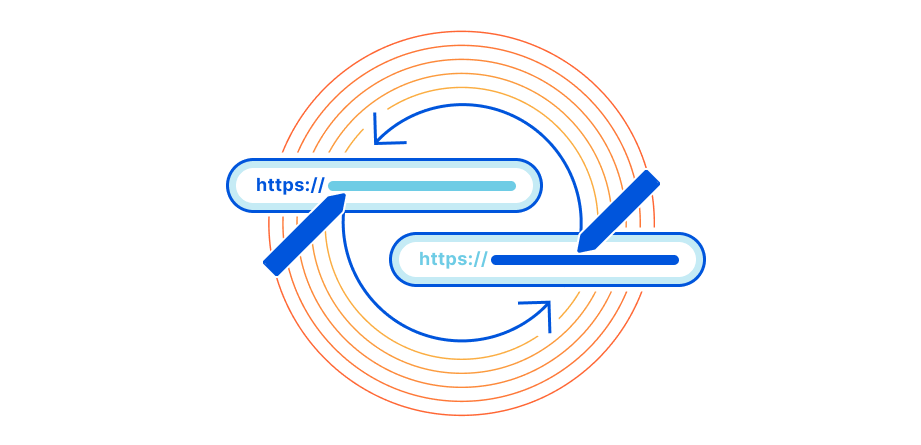0
Intel teams with hardware vendors for high-performance network card
Intel announced a collaboration with Inspur, Ruijie Networks, and Silicom Connectivity Solutions to design and develop new infrastructure processing units (IPU) using both a CPU and FPGA.IPU--what Intel calls a data-processing unit (DPU)--is a programmable networking device designed to offload network processing tasks such as storage virtualization, network virtualization, and security from the CPU. That reduces overhead and frees up the CPU to focus on its primary data-processing functions. They are becoming a real growth industry, with multiple products on the market from Nvidia, Marvell, Fungible, and Xilinx.To read this article in full, please click here



 Define Cloudfield
Define Cloudfield
